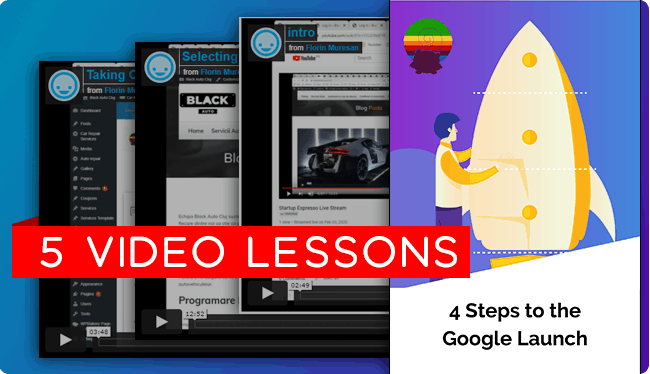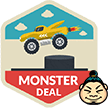Listen to this episode and get LIFETIME access to an exclusive, Premium VIDEO Course, for free, by using the code in the episode.
^^ In this episode, Paul and Florin will walk you through the 4 Types of Duplicate Content and give you codes for Education Cloud, codes that will help you get access to the solutions for avoiding Duplicate Content.
What You’ll Learn in Episode 8 of the Podcast
You’ll hear the great news, on today’s episode of the Marketing Education Cloud Podcast, that these 4 types can be avoided even automatically if you’re using the right set of tools.
1. Duplicate content on a small scale – this includes posts or articles that are duplicated on different pages, but not the entire site.
Duplicate content on a small scale- this includes posts or articles that are duplicated on different blogs. This is a common issue for bloggers and site owners because they are not sure how to get rid of it.
The search engines want to provide the best results for their users – which means that they need to rank websites with original, fresh content. If the same article or post is published multiple times on different sites, it can be hard to tell which one is the original and which ones are duplicates.
One way to avoid these problems is by using structured data markup (e.g., schema).
Sites can use schema by adding a few lines of code that tell Google what information should be taken as important in the post – such as date created, author name, headline.
2. Duplicate content on a large scale – this would be the case of the same article being indexed more than once in a search engine’s index.
The same article being indexed more is not a problem in the digital age. This wouldn’t matter because each source would have its own ranking on Google and it would rank based on the quality of the website. Google’s algorithm has gotten so advanced that duplicate content is not a huge issue anymore.
Duplicate content, in this context, is when someone writes an article with the intention to post it to more than one website or blog at once.
Some people, for example, will post their articles to more than one blog site that they subscribe to or have some connection with, such as posting an article written for Blog A on Blog B and vice versa.
Duplicates are also present when someone will copy and paste content from one article to another or basically any other form of Copy and Paste.
3. Exact duplicate content – where all the words, phrases, formatting and metadata is copied from one page to another without any change or variation at all.
Duplicate content is a big issue for SEO and a strategy that can lead to serious consequences.
Plagiarism, copyright infringement, and heavy penalties from Google are just some of the risks that you might encounter when copying content from one site to another.
If you ever do find yourself in a situation where you need to duplicate content, always be sure to change it up by adding your own content into the mix. This will help avoid any potential problems with Google or other search engines.
4. Partial duplicate content – this would be when only parts of an article are copied and pasted onto a new page with no other changes made to it at all.
Duplicate content is when the same content is published on different sites. Google sees this as spam and it penalizes the site. There are three types of duplicate content:
- complete,
- partial,
- and inbound.
Complete duplicate content is when an article is copied in its entirety and published on another site, such as a rewriting of a news article or blog post without any additional original commentary.
Learn all this and more… in today’s marketing education cloud podcast.
Redeem Access to a Premium Course for Free
Use the code DM4G on app.dmsuperstars.com to redeem free access to the course: Four Steps to the Google Launch.
In this VIDEO course, Florin Muresan, SEO expert and CEO of Squirrly, walks you through everything you need to do to your WordPress site so that Google will successfully index it.
Get a free account, then go to Profile -> Redeem code.

Want to listen to more episodes?
Check out Episode 7 from the podcast and learn how to e-Meet, schedule calls, and manage online bookings and calendars.
Episode 7 of the podcast available HERE!













